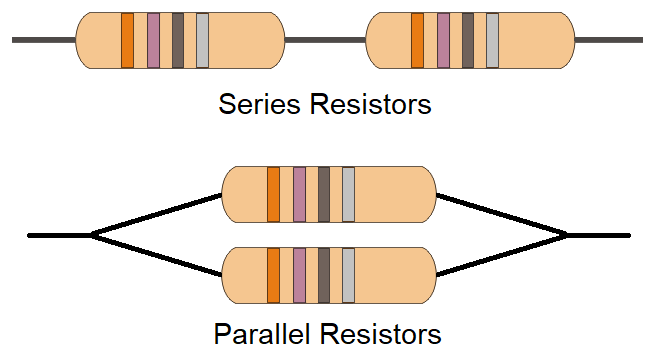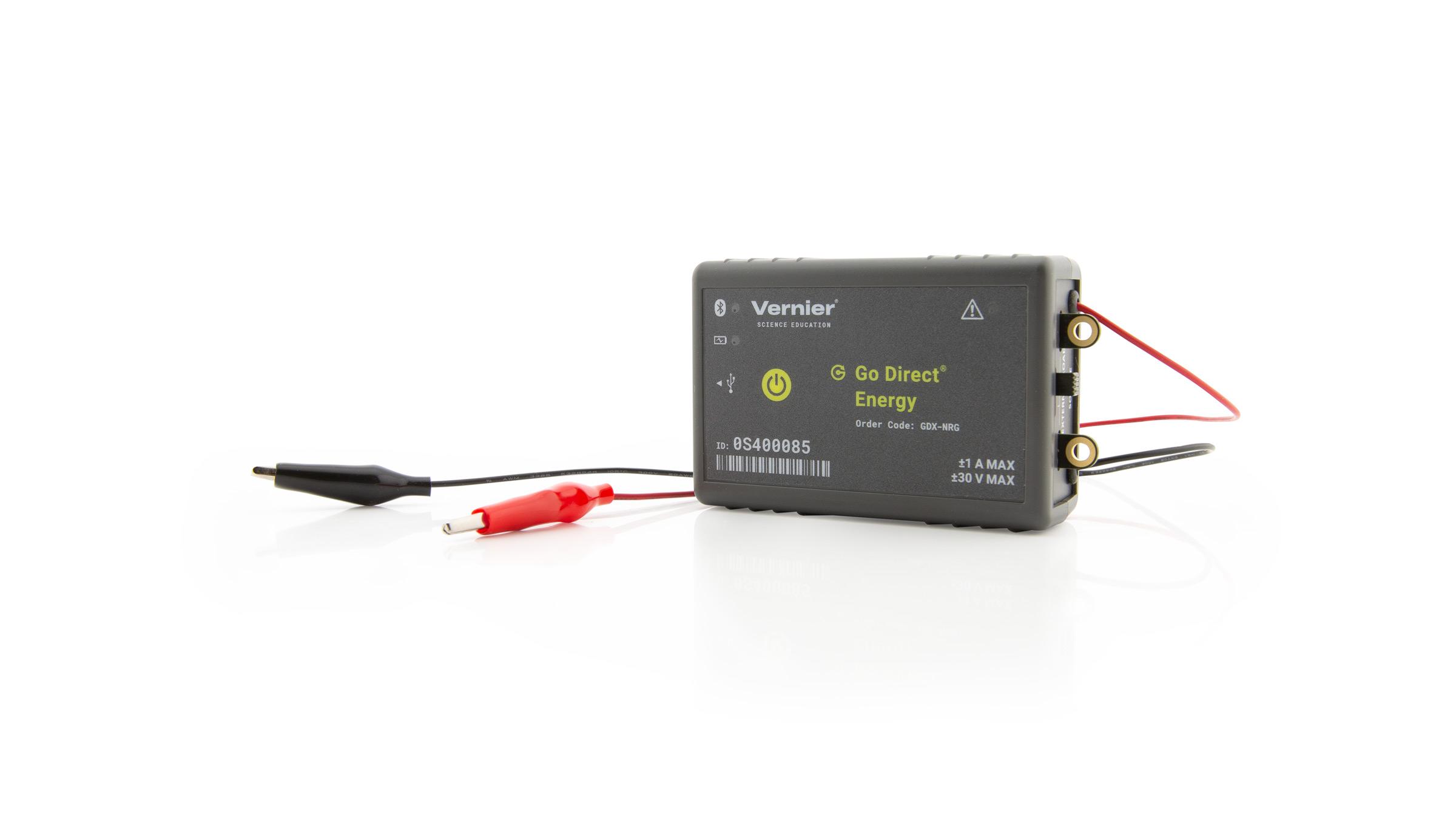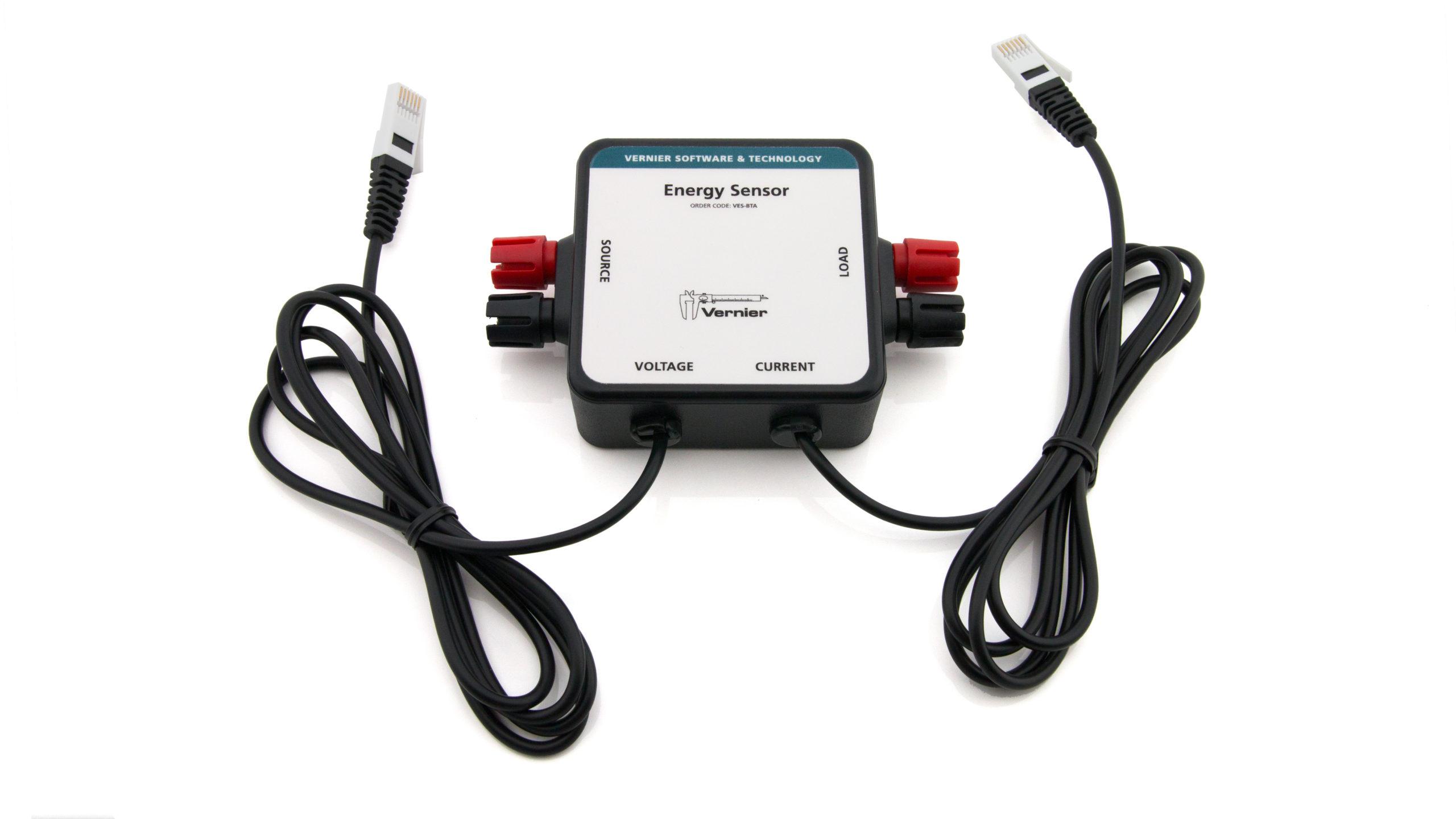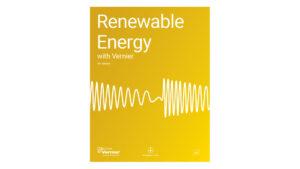
Introduction
When electricity flows through an object or material, charged particles get a push from the potential difference, or voltage, applied to the material. In many cases, the more voltage there is, the more flow, or current, there is.
The flow of charged particles is different from the flow of water in a river or pipe. Typically, all the material in a river or pipe moves together and only rubs against the riverbed or the walls of the pipe. But charged particles often move through solid materials, such as copper, carbon, and tungsten. While moving things through solids may seem impossible, electrons are extremely tiny and can move among the atoms that make up a solid. In fact, at the scale of an electron, an atom is mostly empty space.
However, electrons moving through a solid material cannot move as swiftly as they would through a truly empty space, especially since the nuclei of the atoms stay still instead of going with the flow. The movement of electrons is so hampered by the structure of a solid material that they move at speeds on the order of mere centimeters per second.
Sometimes it is useful to allow only small currents, and objects called resistors are used in circuits to decrease electron flow by specific amounts. In this experiment, you will investigate how different resistors in a circuit affect voltage and current. Resistance is measured in ohms (Ω).
Objectives
- Measure current.
- Measure voltage.
- Explore the relationship between voltage, resistance, and current.
Sensors and Equipment
This experiment features the following sensors and equipment. Additional equipment may be required.
Option 1

Option 2

Ready to Experiment?
Ask an Expert
Get answers to your questions about how to teach this experiment with our support team.
- Call toll-free: 888-837-6437
- Chat with Us
- Email support@vernier.com
Purchase the Lab Book
This experiment is #5 of Renewable Energy with Vernier. The experiment in the book includes student instructions as well as instructor information for set up, helpful hints, and sample graphs and data.

